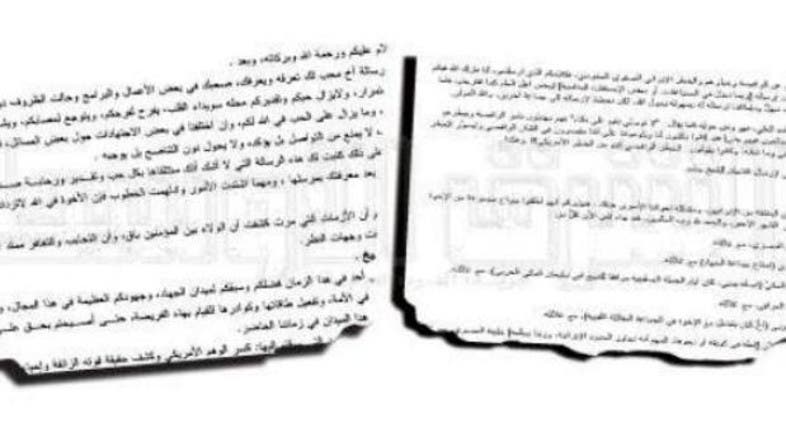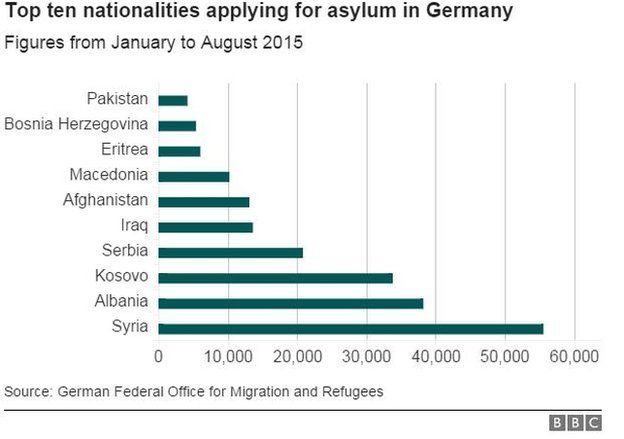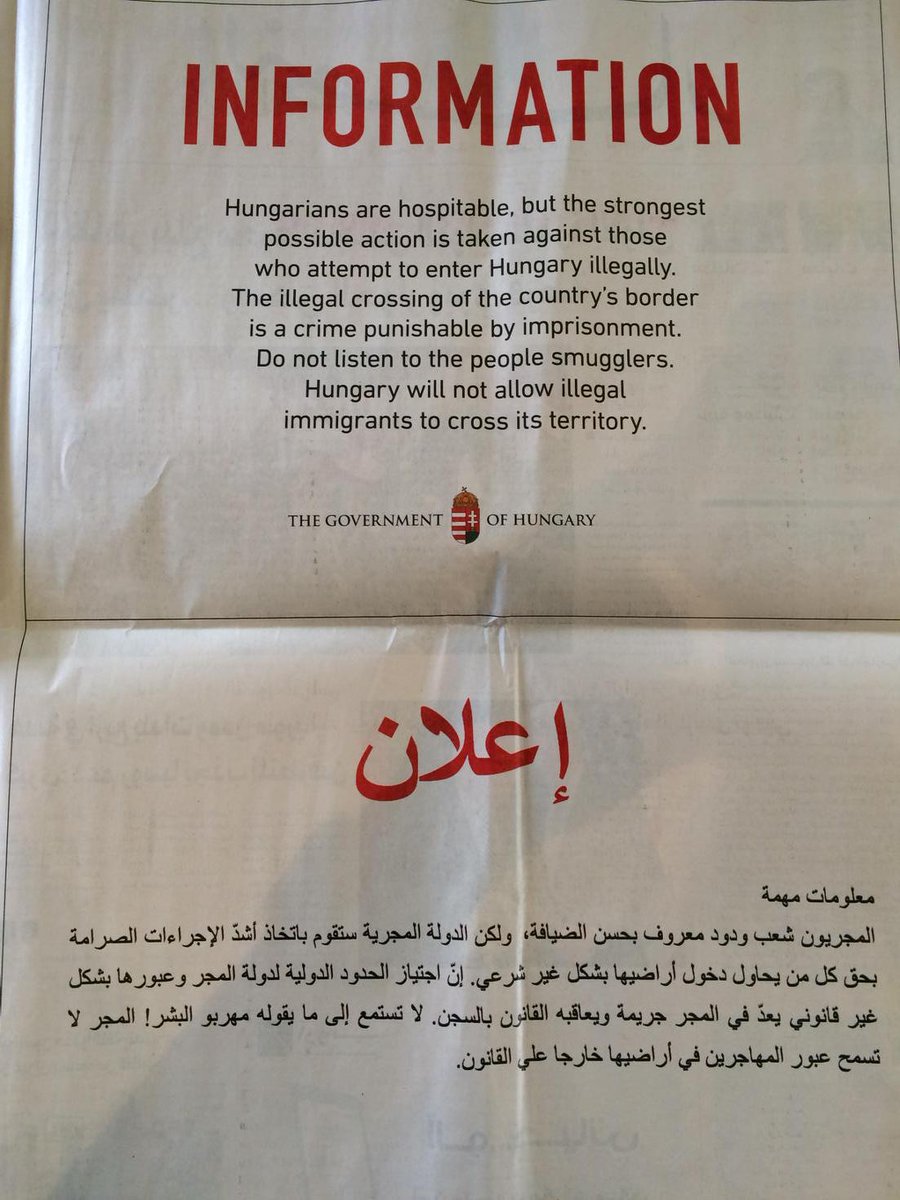Update: More data released via Judicial Watch
Judicial Watch today released more than 50 pages of new emails from the clintonemail.com server account of Huma Abedin, a former top aide to Hillary Clinton during her tenure in the State Department. The emails discuss seemingly sensitive security and foreign affairs issues and raise questions about the handling of classified material during Hillary Clinton’s tenure at the State Department. The documents were obtained as result of Freedom of Information Act (FOIA) lawsuit seeking Huma Abedin’s government business emails conducted on non-state.gov email accounts (Judicial Watch, Inc. v. U.S. Department of State (No. 1:15-cv-00684)). The emails were produced from a search of State Department records, as the agency continues to delay full production of records turned over by Ms. Abedin recently.
In 2012, then-Secretary of State Clinton traveled to Finland (June 27-28), Latvia (June 28), Russia (June 28-29), and Switzerland (June 29-30). On June 26, 2012, former Principal Deputy Executive Secretary Pamela Quanrud, writes to Abedin:
Huma – if I could lobby to get to Geneva on Friday night. We have a big data dump to get from beth jones and others there to prep for Saturday, and it would be a lot better for us to work through the night there (with access to classified) than be stuck in St. Pete with no classified at all.
Abedin responds from her huma@clintonemail.com account the next morning (June 27):
i had no idea about no comms
of course
we need secure
makes total sense
The emails show Abedin used the non-secure clintonemail.com server to discuss sensitive travel and operations security information that could have placed the personal security of Clinton and other government officials at risk, such as real-time location information while traveling abroad, and other hotel and travel arrangements.
On May 31, 2012, as Clinton and her State Department entourage are traveling in Scandinavia, Abedin writes to Clinton’s then-Special Assistant Lona J. Valmoro:
Abedin to Valmoro: “Let me know when u r leaving.”
Valmoro: “We are en route to airport now. Could we do during the 45 minute drive from Oslo airport to hotel. Everyone can dial into Ops and will have minis.”
Abedin: “When? Who’s in car with her?”
Valmoro: “Cheryl is with her now. If we are wheels up by 9:35 pm, land at 11:25, start call by 11:35 or 5:35 pm EDT?
Abedin: “[I] could barely hear [Hillary Clinton] with the background….”
On June 25, 2012, Abedin writes that she is willing to discuss travel details while on a “packed train.” With the subject line “Could we get on the phone together at 11:30 – in advance of the [Russia] trip call?” Abedin writes to several people, including Quanrud:
I see call got moved to noon. We can talk right before then if you want. All shuttles were canceled this morning and I am sitting on a packed train so hard for me to talk but we can def do calls. [Emphasis added]
Other emails also provide details of Clinton’s plans and schedules for the 2012 trip that included Russia, including the timing of calls on trip planning.
The documents show that State Department officials sent duplicate emails about government business to Abedin’s official State Department address and her clintonemail.com account.
Other emails show sensitive foreign affairs information is contained on Abedin’s Clinton server account. A June29, 2012, email discloses a move to hold a meeting concerning Syria in Geneva. Pamela Quanrud writes Abedin and Clinton aide Valmoro an email with the subject: “UK and P3 meeting requests”:
UK has asked to meet at 8:45 ahead of a 9:30 with UK.US and France to coordinate. Jake thought P3 meeting necessary – what about UK? Should we say yes to 8:45?
Abedin writes back two hours later:
UK meaning hague?
Another email details a request from the Iraqi Foreign Minister for a bilateral discussion with Clinton. Abedin uses her clintonemail.com account to approve the “pull aside,” writing, “fine to add to list.”
Another document shows Abedin approving, weeks ahead of time, the Hanoi Sheraton for Clinton’s trip on July 10-11, 2013, to Vietnam. A June 22, 2012, email from Tulinabo S. Mushingi, who is now the U.S. Ambassador to Burkina Faso, details the hotel options in Hanoi for Abedin, with Sheraton as the number one option. The email details both the luxury and security aspects of the hotel:
The Sheraton hosted the Secretary in July 2010 and October 2010 and much of the hotel staff remains, so they know the drill The July 2010 visit S stayed in the Imperial Suite (shown in attachment and the suite available for this visit); in October 2010, since another Head of State was also in the Sheraton and occupied the Imperial Suite S stayed in the Presidential Suite. The Imperial suite is spacious and very bright and airy, with lake views. It has a large bathroom with Jacuzzi style tub and walk in shower. The Sheraton was redecorated and refurbished within the past 12 months, so it is in excellent condition and is very attractive. From a logistics perspective the hotel is excellent as it has a very large parking area for staging motorcades. It’s location is in close proximity to government buildings where most meetings are likely to be held.
***
P.S. Post reminded us that the entire focus of the Hanoi stop is to promote U.S. businesses and trade. Given the purpose of the stop, the optics of staying at the available quality American name brand hotels would carry the same message, hence another for choosing The Sheraton.
Mushingi also suggests that one other hotel choice is not up to par in that “the suite bathroom is nice, but not quite to the standard of the Sheraton.”
Again, Abedin receives and responds to this email on her non-government account, writing back the next day:
Sheraton worked perfectly fine.
On August 8, in response to a FOIA lawsuit, Judicial Watch obtained a sworn declaration from the former secretary of state in which she claimed to have turned over to the agency “all my e-mails on clintonemail.com” and conceded that “Huma Abedin did have such an account which was used at times for government business.” Neither the State Department, Clinton, nor Abedin has provided information about the status of Abedin’s emails (or the emails of any other government employee) on the clintonemail.com server.
“These emails Judicial Watch forced out through a federal lawsuit show that Huma Abedin used her separate clintonemail.com account to conduct the most sensitive government business, endangering not only her safety but the safety of Hillary Clinton and countless others,” said Judicial Watch President Tom Fitton. “And why would Ms. Abedin and Mrs. Clinton use this unsecure system to discuss foreign affairs and sensitive matters such as the Syria conflict? Hillary Clinton’s email games were a danger to the nation’s security.”

The FBI is probing Hillary Clinton’s personal email and data server but will not provide any progress report or findings to the Department of Justice or the State Department. Further, the FBI refuses to even reveal to the State Department exactly what the FBI technology team is researching. The judge has forced the State Department to cooperate with the FBI but it is clearly not a two way street.
One particular area of concern for the FBI team is to determine the evidence of hacking which could in fact be used to build on existing foreign hacking investigations. For the FBI to determine digital traces of foreign intelligence services and even more the likelihood of damage assessments is tantamount to the FBI investigation in the realm of cyber-espionage. The FBI is owning this process exclusively and not collaborating with the National Counterintelligence and Security Center, at least at this time.

FBI refuses to cooperate in Hillary Clinton email server probe

WashingtonTimes: The FBI refused to cooperate Monday with a court-ordered inquiry into former Secretary of State Hillary Rodham Clinton’s email server, telling the State Department that they won’t even confirm they are investigating the matter themselves, much less willing to tell the rest of the government what’s going on.
Judge Emmet G. Sullivan had ordered the State Department to talk with the FBI and see what sort of information could be recovered from Mrs. Clinton’s email server, which her lawyer has said she turned over to the Justice Department over the summer.
The FBI’s refusal, however, leaves things muddled. “At this time, consistent with long-standing Department of Justice and FBI policy, we can neither confirm nor deny the existence of any ongoing investigation, nor are we in a position to provide additional information at this time,” FBI General Counsel James A. Baker wrote in a letter dated Monday — a week after the deadline the Justice Department had set for the FBI to reply.
Judicial Watch, a conservative public interest law firm that is pursuing at least 16 open-records cases seeking emails from Mrs. Clinton and her top aides, said at this point it’s not even clear what Mrs. Clinton provided, since all that’s been made public at this point are the former secretary of state’s public comments and some assertions, made through her lawyer, to the State Department.
Judicial Watch is prodding the courts to try to delve more deeply into Mrs. Clinton’s emails, and the group said a number of questions persevere about both Mrs. Clinton and top aides such as Huma Abedin, who did public business on an account tied to the server Mrs. Clinton maintained.
“We still do not know whether the FBI – or any other government agency for that matter – has possession of the email server that was used by Mrs. Clinton and Ms. Abedin to conduct official government business during their four years of employment at the State Department,” Judicial Watch said.
“We also do not know whether the server purportedly in the possession of the FBI – an assumption based on unsworn statements by third parties – is the actual email server that was used by Mrs. Clinton and Ms. Abedin to conduct official government business during their four years of employment at the State Department or whether it is a copy of such an email server. Nor do we know whether any copies of the email server or copies of the records from the email server exist,” the group said in its own court filingMonday afternoon.
Judicial Watch did release more than 50 pages Monday of emails it obtained from Ms. Abedin’s account on Mrs. Clinton’s server, and said it was clear she was talking about “sensitive” topics that shouldn’t have been discussed on an insecure account.
Many of those were details of Mrs. Clinton’s movements overseas, such as hotels she was staying at.
“These emails Judicial Watch forced out through a federal lawsuit show that Huma Abedin used her separate clintonemail.com account to conduct the most sensitive government business, endangering not only her safety but the safety of Hillary Clinton and countless others,” said Judicial Watch President Tom Fitton.
He questioned what reason Ms. Abedin — who did maintain an account, huma@clintonemail.com, on State.gov servers — would have for using the other account for important business. Mrs. Clinton said she kept only one account, the one on the clintonemail.com server, because it was more convenient, but that reasoning does not appear to apply to Ms. Abedin.
The State Department is making all of Mrs. Clinton’s emails public under order of Judge Rudolph Contreras. But the department has said it won’t make all of the emails public from Ms. Abedin or other top Clinton aides Cheryl Mills or Philippe Reines. Instead the department only plans to release those messages specifically requested in open-records demands.
Mrs. Clinton turned over about 30,000 email messages in December, while her aides turned over more than 100,000 pages between them, with the final set only being returned, by Ms. Abedin, earlier this month, the department said in court filings.
Without those documents in hand, the State Department has been unable to do full and complete searches in response to subpoenas, congressional inquiries or Freedom of Information Act requests.
The State Department has asked for dozens of cases to be put on hold while it tries to get a single judge to coordinate all of its searches in more than two dozen cases. But the people requesting the records have objected, and say the State Department has nobody to blame but itself.
“The State Department acts as if Ms. Abedin’s and Ms. Mills’ documents fell from the sky on the eve of the State Department’s production deadline, but that is not remotely the case,” Citizens United, one of the plaintiffs who’s sued under the FOIA, said in a filing late last week.
Citizens United says the State Department missed its own deadline for producing Ms. Mills’s and Ms. Abedin’s documents.
The Obama administration countered that it went above and beyond its duties under the law by asking Ms. Abedin and Ms. Mills to return their records and then to search them in response to open-records requests. The State Department says it’s moving as quickly as possible, but says the sheer number of documents — and the number of requests for them — calls for a stay in most cases.
But of the 26 requests where the State Department has sought to halt proceedings, six have already been denied. Only one has been granted, one was granted in part and denied in part by the same judge, and another is being held in abeyance.
The State Department told one of the federal judges Monday that it’s facing nearly 100 different open-records lawsuits — not all of them related to Mrs. Clinton’s email server — that have stretched officials to their limit.
Monday’s FBI letter underscores the tangled situation Mrs. Clinton’s emails have produced. The letter was addressed to Mary McLeod, a lawyer at the Justice Department, which oversees the FBI — and which means, in effect, that the FBI is refusing to talk to its own parent department about the matter.
Mr. Baker pointedly noted in his letter that he was aware the response would be submitted to the court, which would presumably make it public.
Earlier this month the Justice Department, in another pleading, insisted Mrs. Clinton didn’t do anything wrong in being the one who decided which of her messages were official business records that must be returned to the government, and which were purely personal and able to be expunged.
Judicial Watch said that raises thorny questions for a department that is supposedly investigating Mrs. Clinton.
Last week Sen. John Cornyn, the second-ranking Republican in the Senate, called for Attorney General Loretta Lynch to name a special counsel to oversee the investigation, citing too many potential conflicts of interest.






